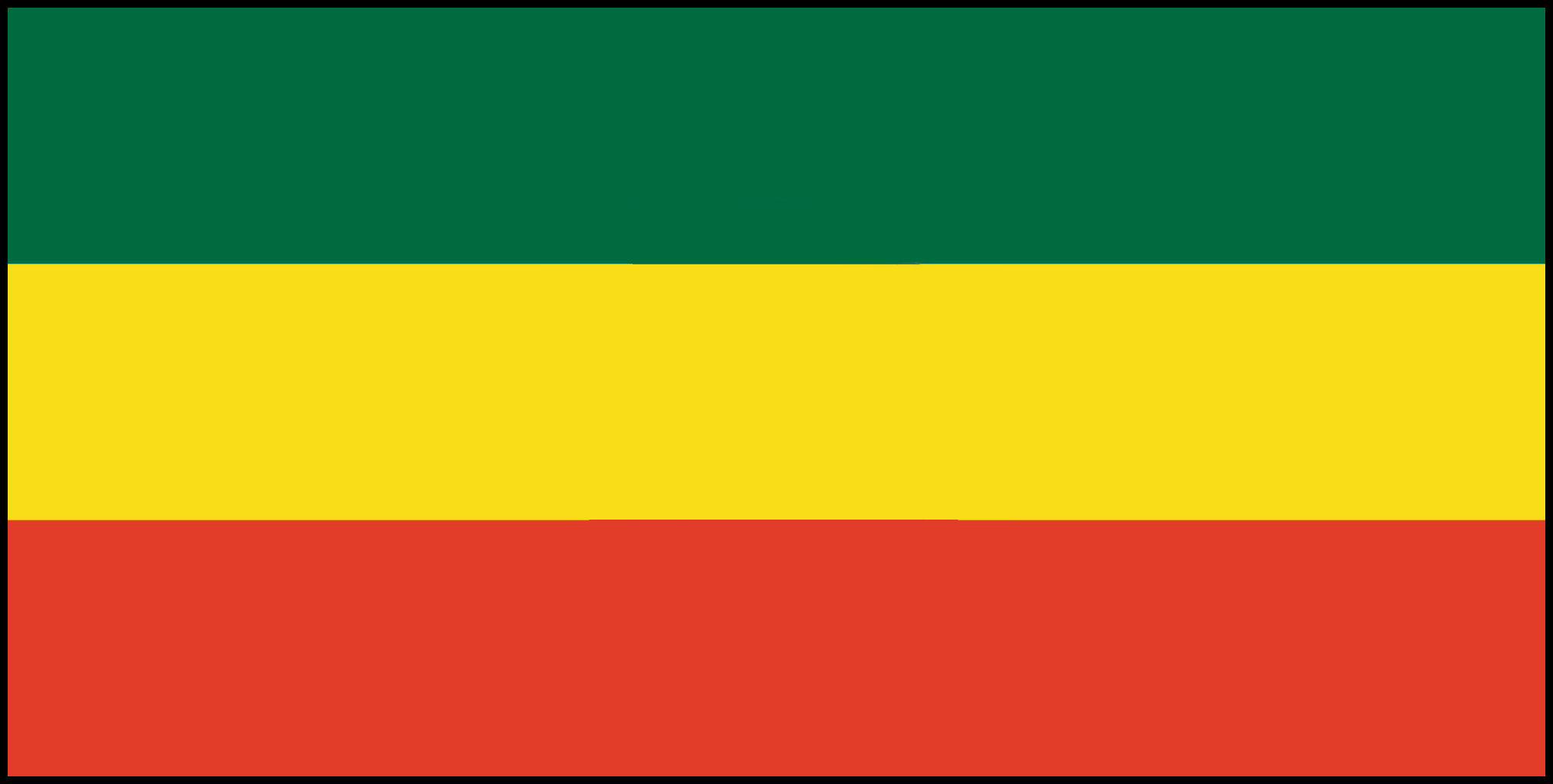|
September 27 -
Thursday
Debre Berhan
The Peace
Corps in Debre Berhan
The Peace
Corps volunteers began
serving in Debre Berhan in
1962. In 1975, the Peace
Corps ended operations after
the "Derg" or military
take-over and ouster of
Emperor Haile Selassie in
1974. During our visit our
guide said that hundreds of
Ethiopian students from the
village were tortured and
massacred by the Communists
outside of the village and
were buried in a common pit.
The exact number may never
be known, perhaps as many as
600 were shot. During this
time period, 400,000 died in
the ensuing civil war and
another million died of
starvation.
Peace
Corps Volunteers again
returned starting in 1995
approximately four years
after the fall of the Derge
in 1991. A group of 6
volunteers and some of their
family members arrived in
Debre Berhan on September
22, 2012, as a part of the
50th anniversary of the
Peace Corps in Ethiopia.
When the
Peace Corps first arrived in
Debre Berhan, it was a town
of approximately 5,000.
Based on the 2007 national
census, this town had a
total population of 65,231.
In 2012, the population was
approaching 80,000, due
in large part to the new
"Debre Berhan University"
which has a population of
approximately 10,000
students.
During
the first years of Peace
Corps service, there were
two secondary schools in
Debre Berhan that accounted
for the large number of
Volunteers working there
from 1962-1975. The schools
were Haile Mariam Mammo
Secondary School and the
Debre Berhan Teacher
Training Institute.
History
of Debre Berhan
Debre Berhan was
founded by
Emperor
Zara Yaqob,
in response to a
miraculous
light that was
seen in the sky
at the time.
Believing this
was a sign from
God
showing his
approval for the
death by
stoning
of a group of
heretics 38 days
before, the
emperor ordered
a church built
on the site, and
later
constructed an
extensive palace
nearby, and a
second church,
dedicated to
Saint Cyriacus.
Zara Yaqob spent
12 of the last
14 years of his
life in Debre
Berhan.
Historian
Richard
Pankhurst
offers the date
of 1456 for the
date of the
founding of this
church,
providing a
plausible
argument that
the light in the
sky was
Halley's Comet,
which could have
been in Shewa
that year,
although the
traditional
dates (10th day
of the month of
Maggabit, i.e. 6
or 7 March) do
not coincide
with the days
that the comet
was most visible
(13 through 17
June).
The majority of
the inhabitants
of Debre Berhan
are
Ethiopian
Orthodox
Christians.
There
is now a new
Mosque in town
with an
increasing
number of
Muslims, perhaps
5 to 10 percent
of the
population. Both
religions get
along very well
in Ethiopia with
various family
members
belonging to
either religion.
The
Debre
Berhan
Wool
Factory,
the
first
wool
factory
in
Ethiopia,
was
launched
by
Emperor
Haile
Selassie.
It
started
production
on1
January
1965
with
120
spindles
and
6
looms.
In
its
first
six
months,
the
factory
produced
7,065
blankets
in a
single-shift
operation
with
a
labor
force
of
about
200,
of
whom
45%
were
women.
The
Derge
government
announced
3
February
1975
that
the
Debre
Berhan
Wool
Factory
was
among
14
textile
enterprises
to
be
fully
nationalized.
Debre
Berhan
is
also
a
famed
center
of
rug
making.
The
following
commentaries
are
from
Betty
McLaughlin
Hagberg,
who
served
in
Debre
Berhan
in
1964.
(Important
note: All
photographs,
except where
mentioned,
are copyrighted
as of October 8,
2012, by Darrel
and Betty
Hagberg. Please
request
permission to
use and please
credit them).
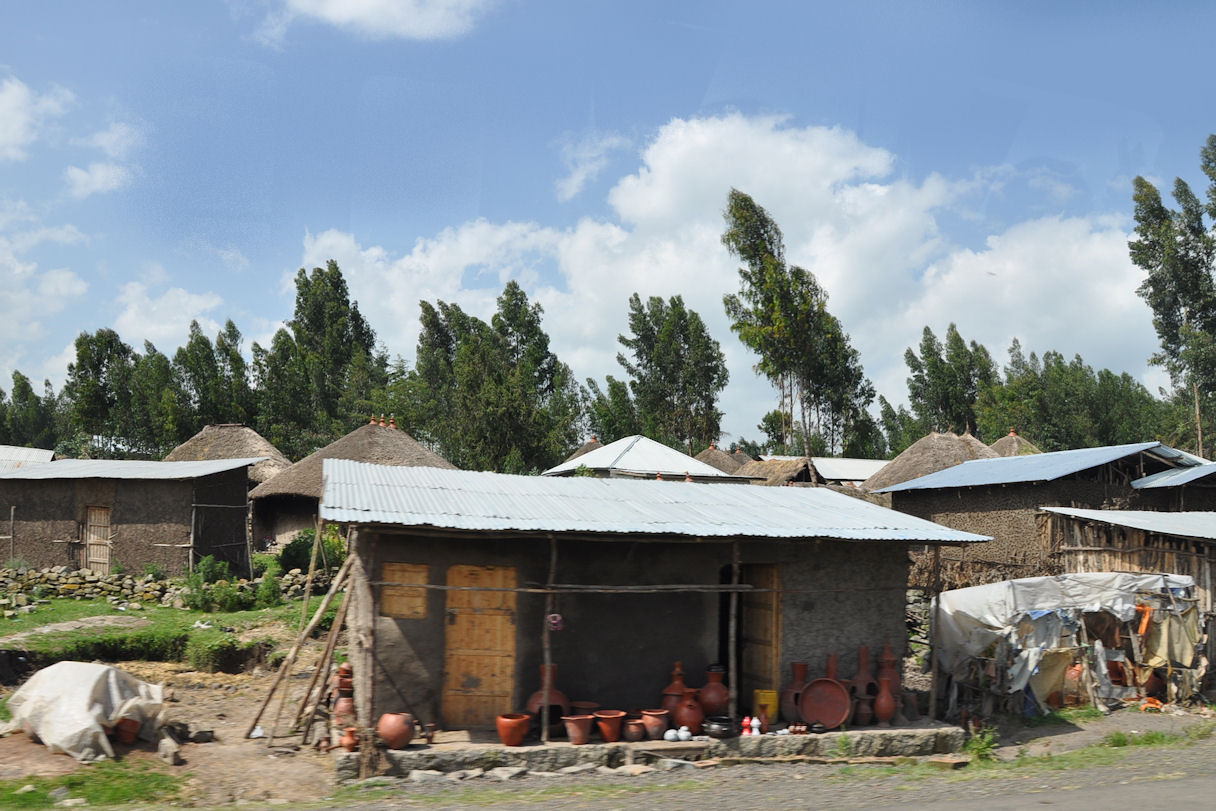
Ethiopian countryside on the
road from Addis Ababa to
Debre Berhan.

Ethiopian countryside on the
road from Addis Ababa to
Debre Berhan.
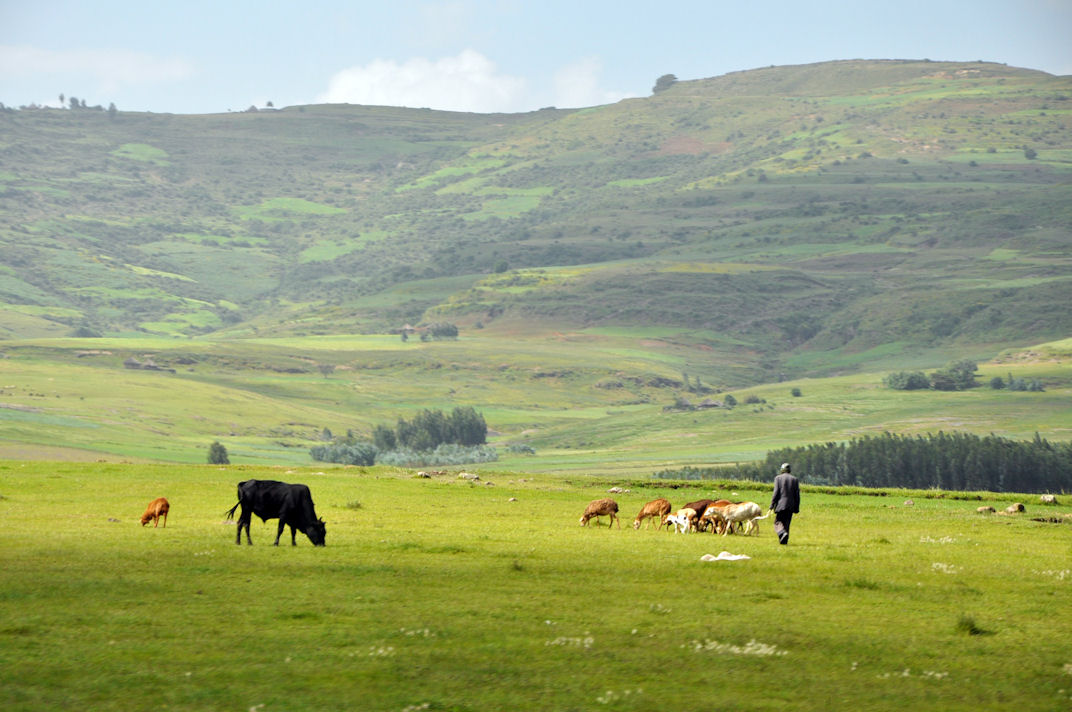
Ethiopian countryside on the
road from Addis Ababa to
Debre Berhan.
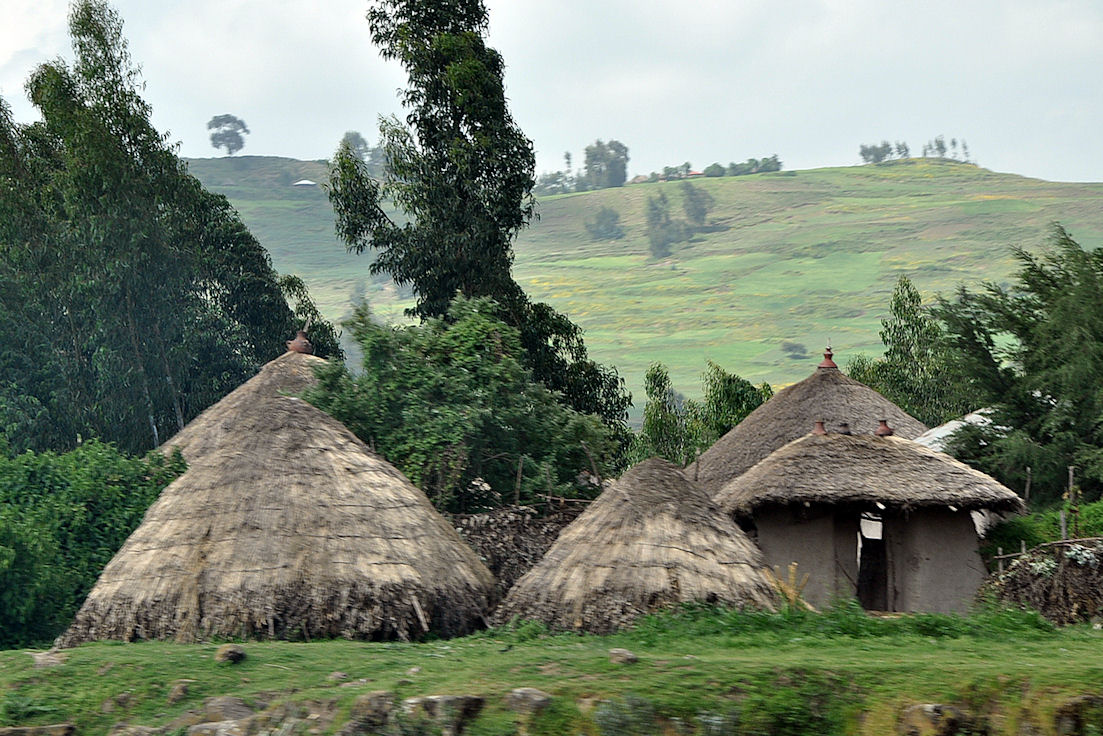
Ethiopian countryside on the
road from Addis Ababa to
Debre Berhan.

Ethiopian countryside on the
road from Addis Ababa to
Debre Berhan.

Ethiopian countryside on the
road from Addis Ababa to
Debre Berhan.
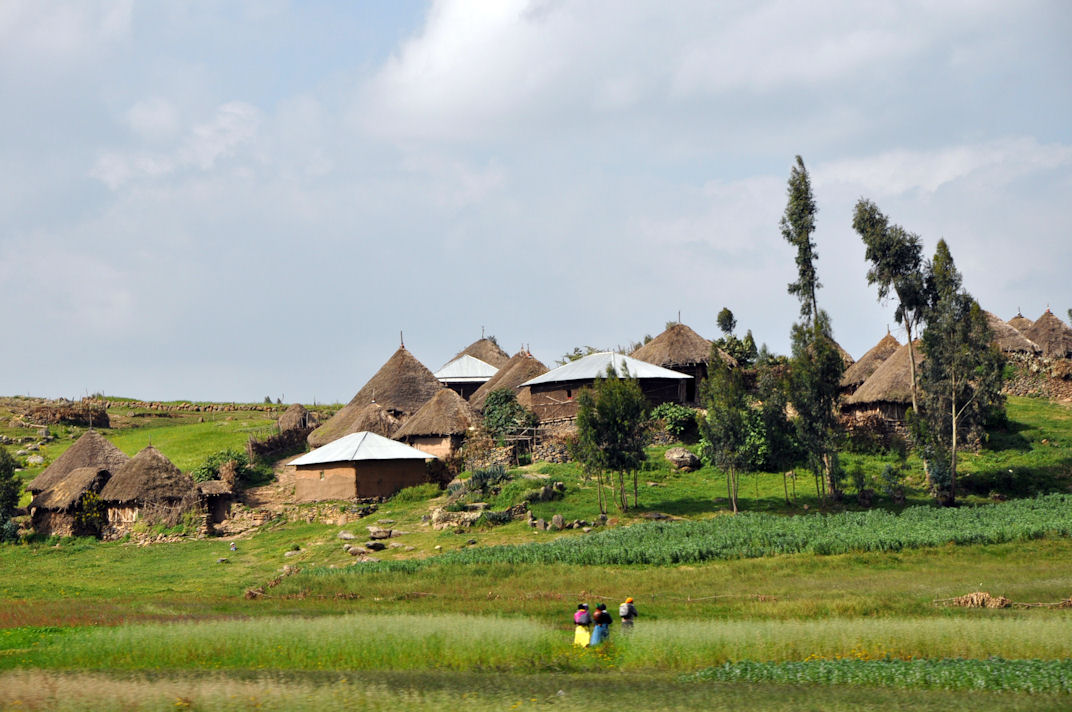
Ethiopian countryside on the
road from Addis Ababa to
Debre Berhan.
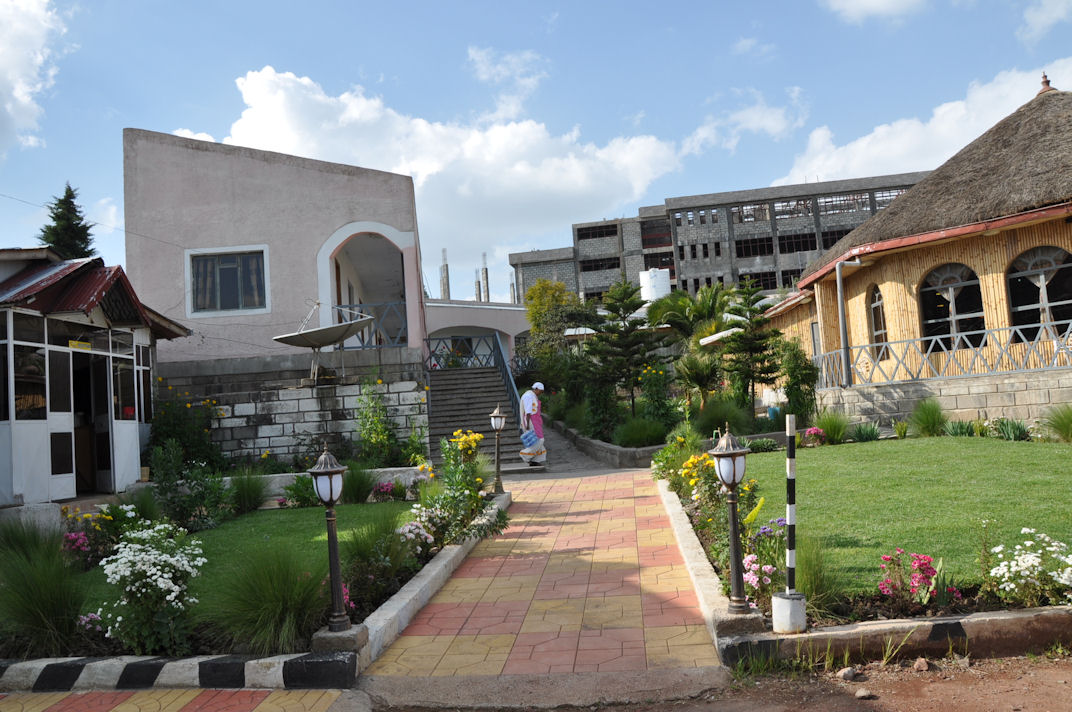
While in Debre Berhan, we
stayed at the Eva Hotel. The
gardens were beautifully
kept. The rooms were
adequate and extra blankets
from the blanket factory
kept us warm. As elsewhere
in Ethiopia, walkways and
stairs were precarious.
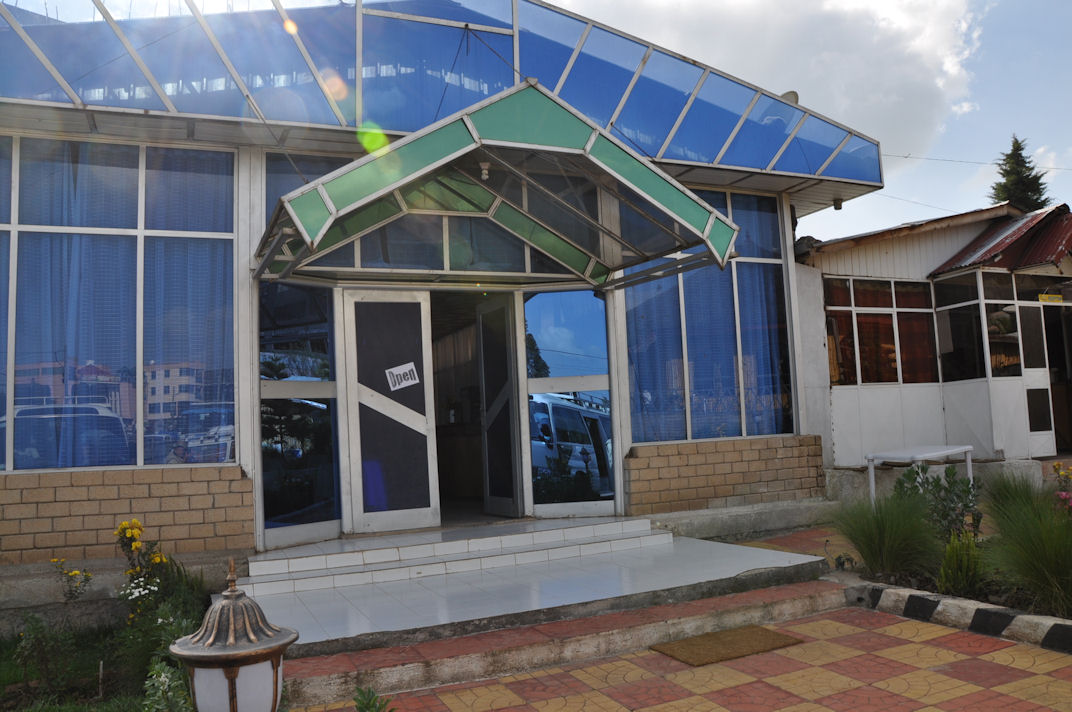
Debre
Berhan's Eva Hotel
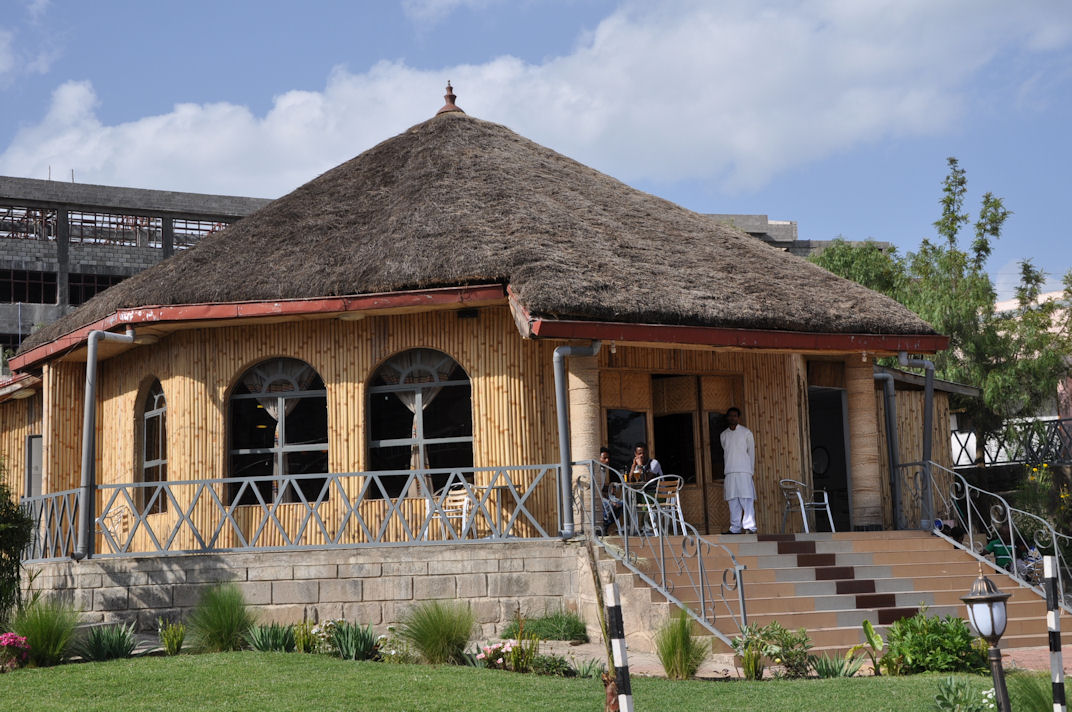
Debre
Berhan's Eva Hotel
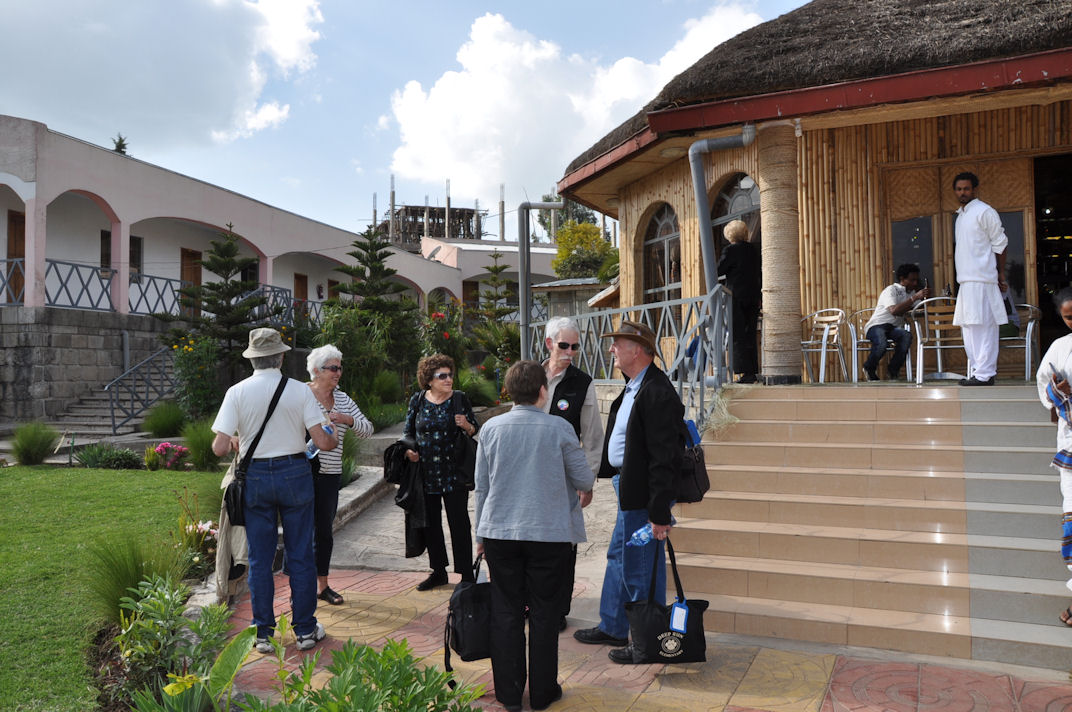
Debre
Berhan's Eva Hotel
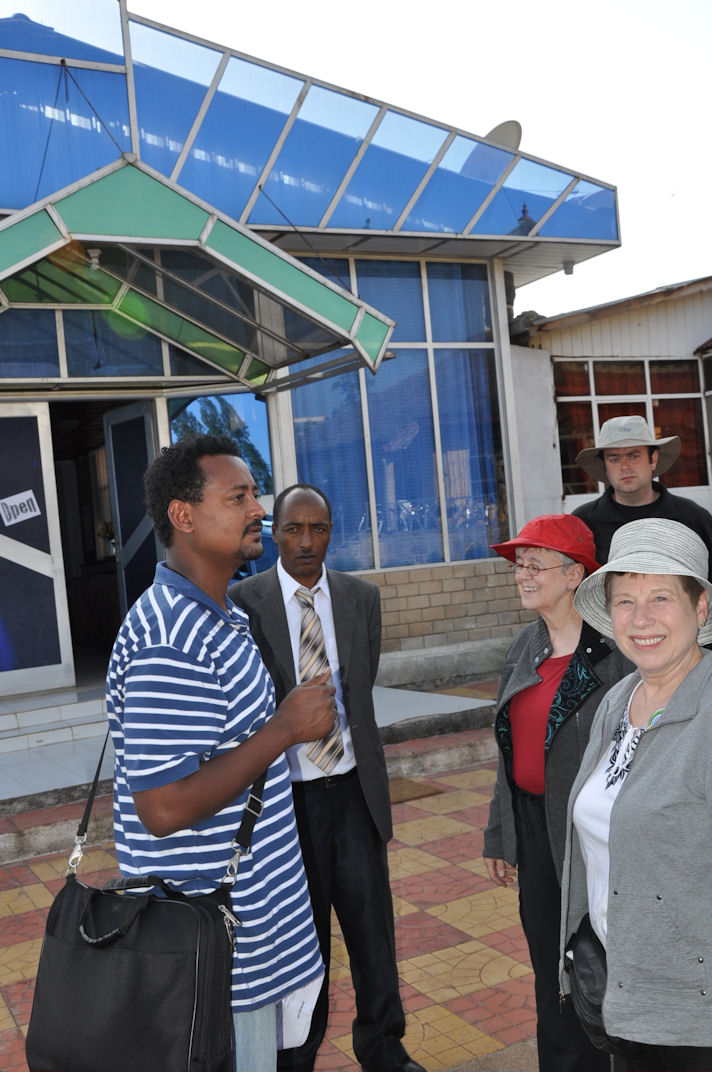
Debre
Berhan's Eva Hotel
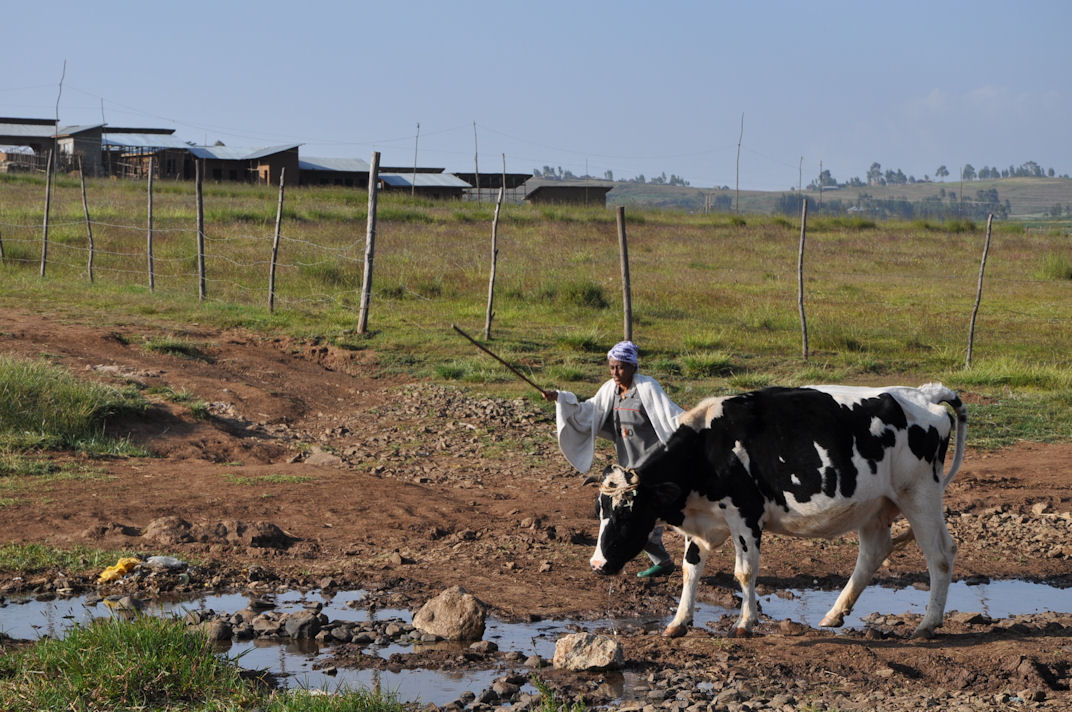
Along the Trail to the Debre
Berhan Canyon.
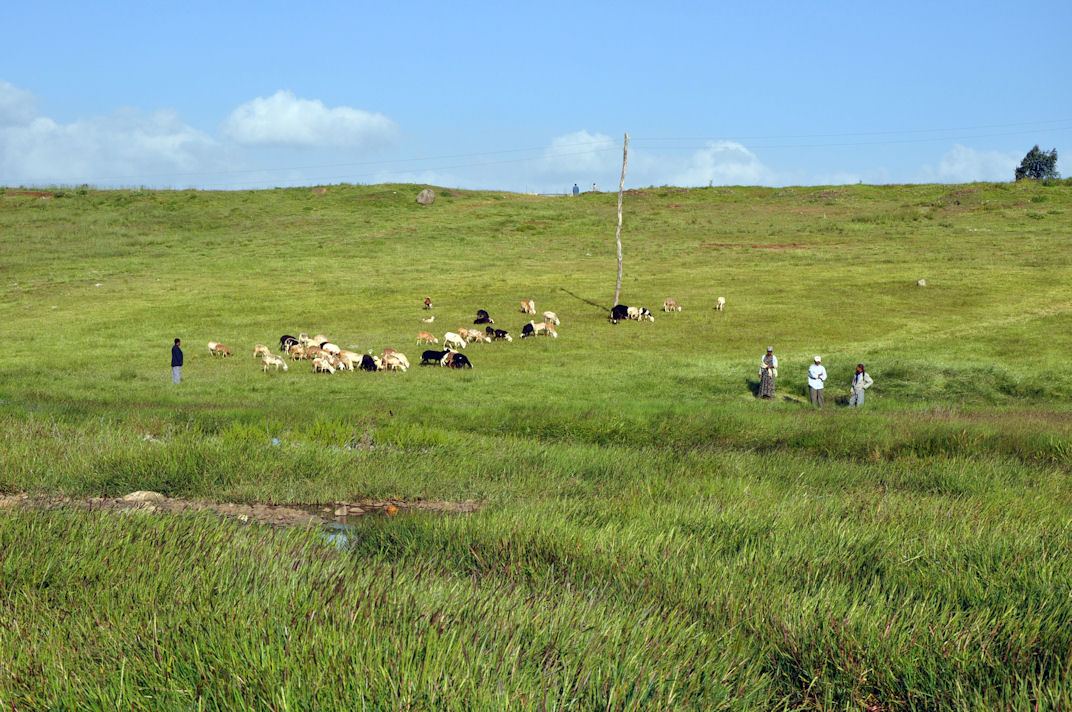
Along the Trail to the Debre
Berhan Canyon.
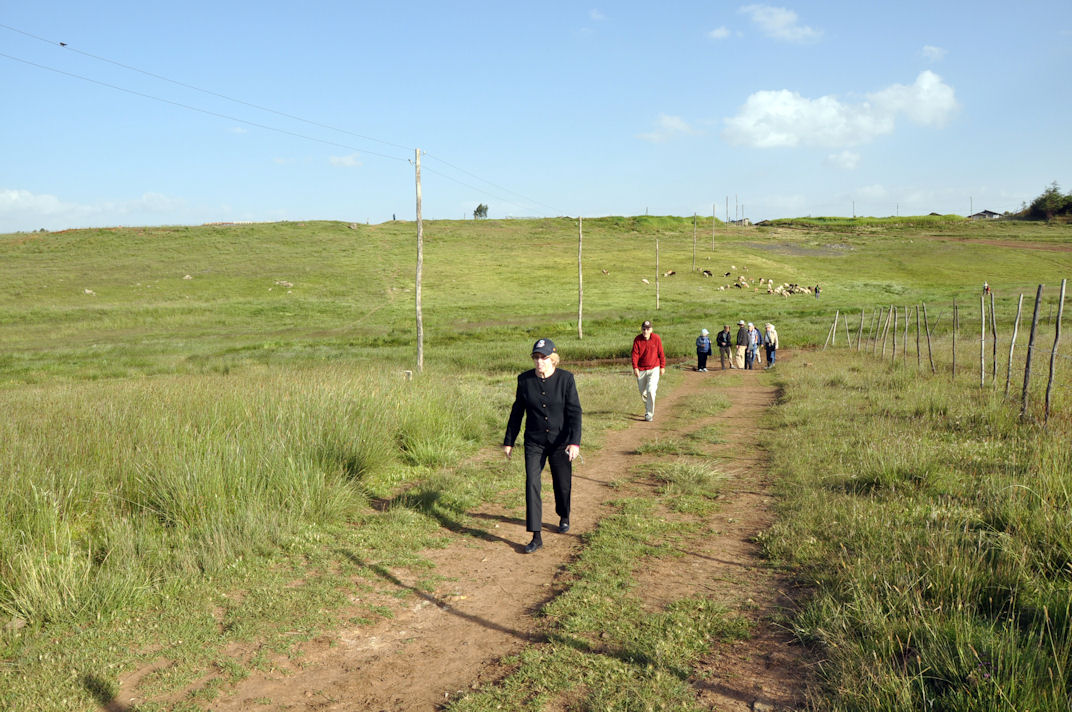
Along the Trail to the Debre
Berhan Canyon.
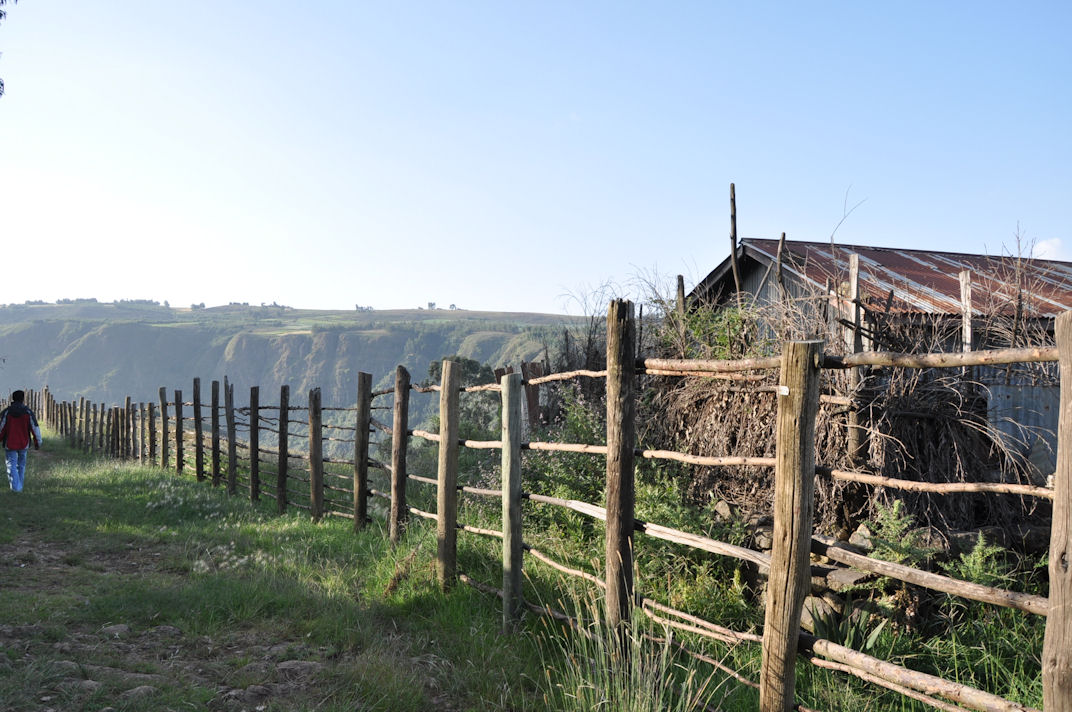
View
of the Debre Berhan Canyon
from the Trail.
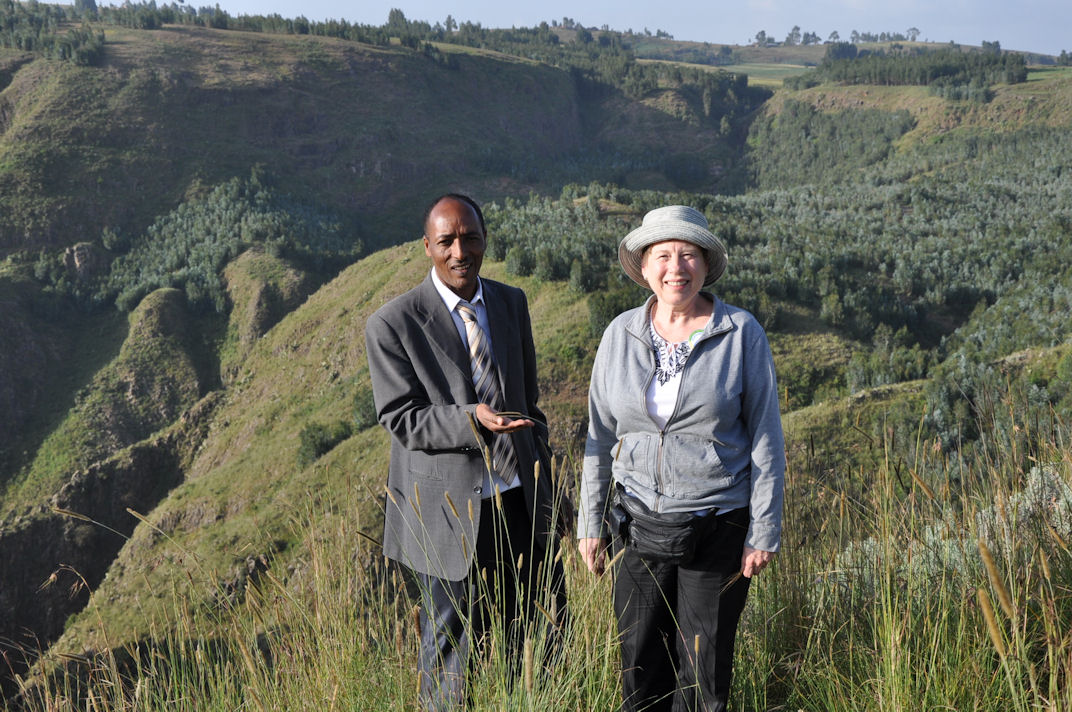
Local
Guide and Betty McLaughlin
Hagberg at Debre Berhan
Canyon.
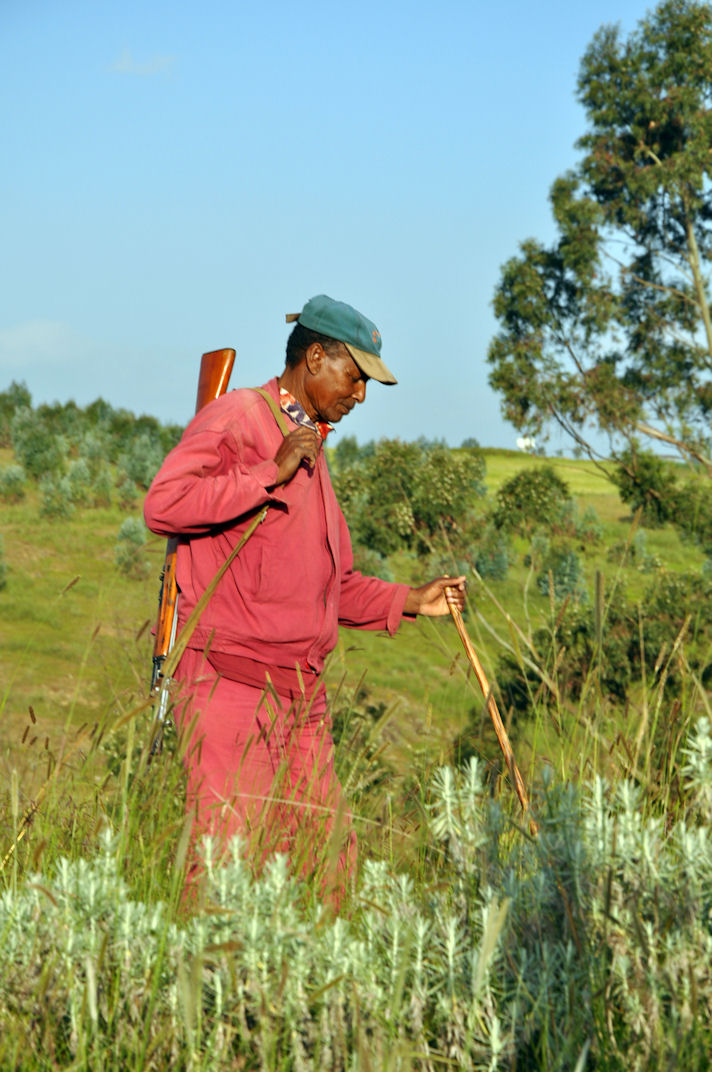
Warden
to keep wild animals away.

With our group there were
six RPCV’s who had taught in
Debre Berhan. On our first
afternoon, we visited the
canyon, pictured, Ray
Donaldson, Marian Haley Beil,
Bruce Engle, Frances Lacroix,
Betty Hagberg, Russ
Misheloff, and our local
guide.
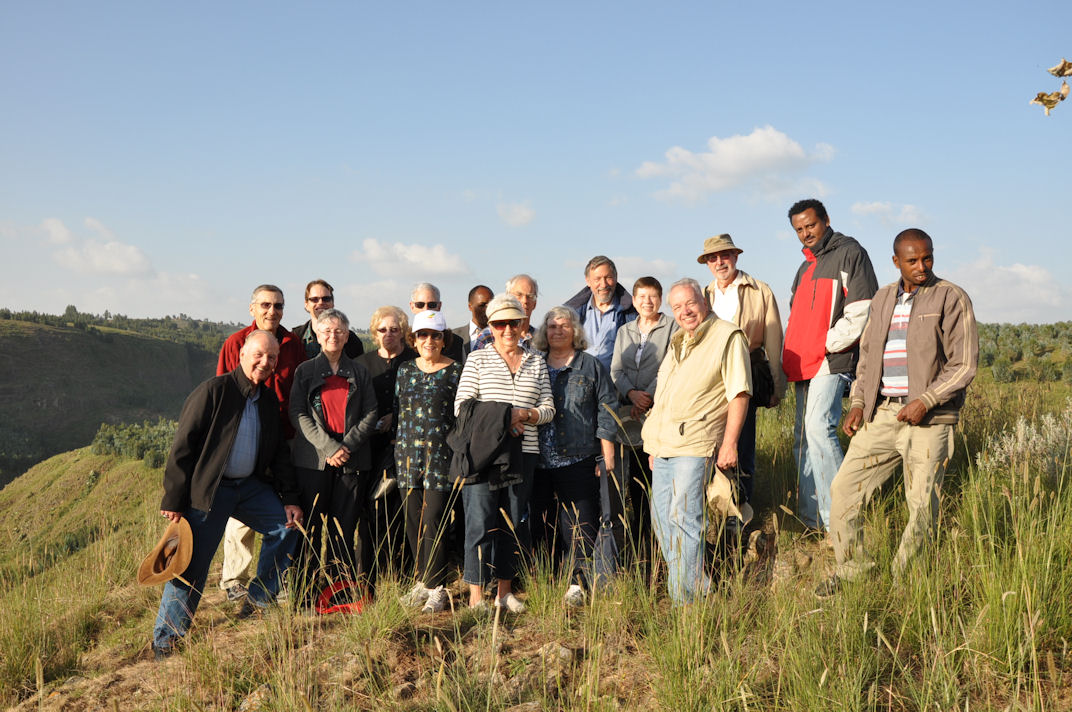
The
RPCV's with their
spouses and friends.
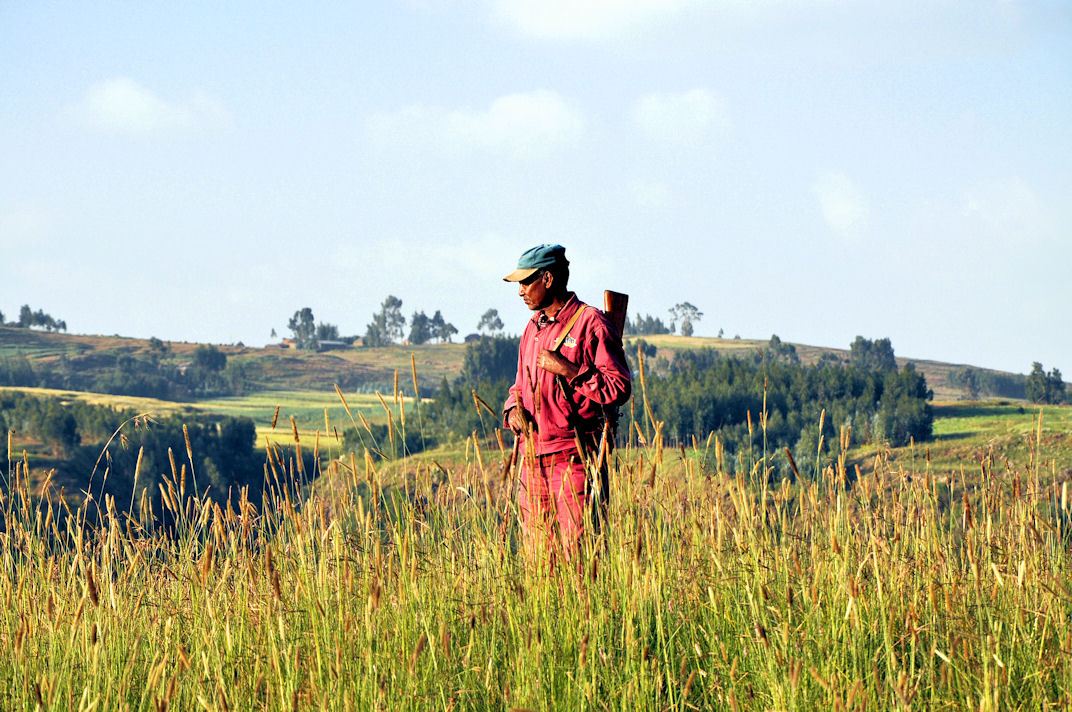
The
Warden

View
of Debre Berhan from the
Canyon.
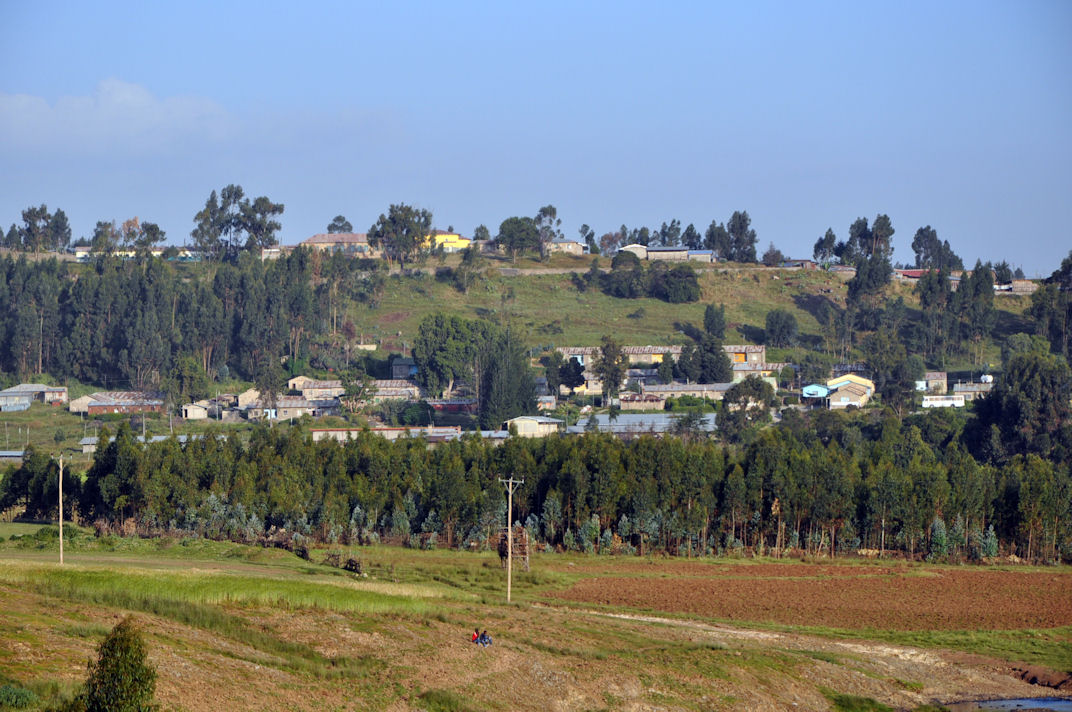
View of Debre Berhan from
the Canyon.
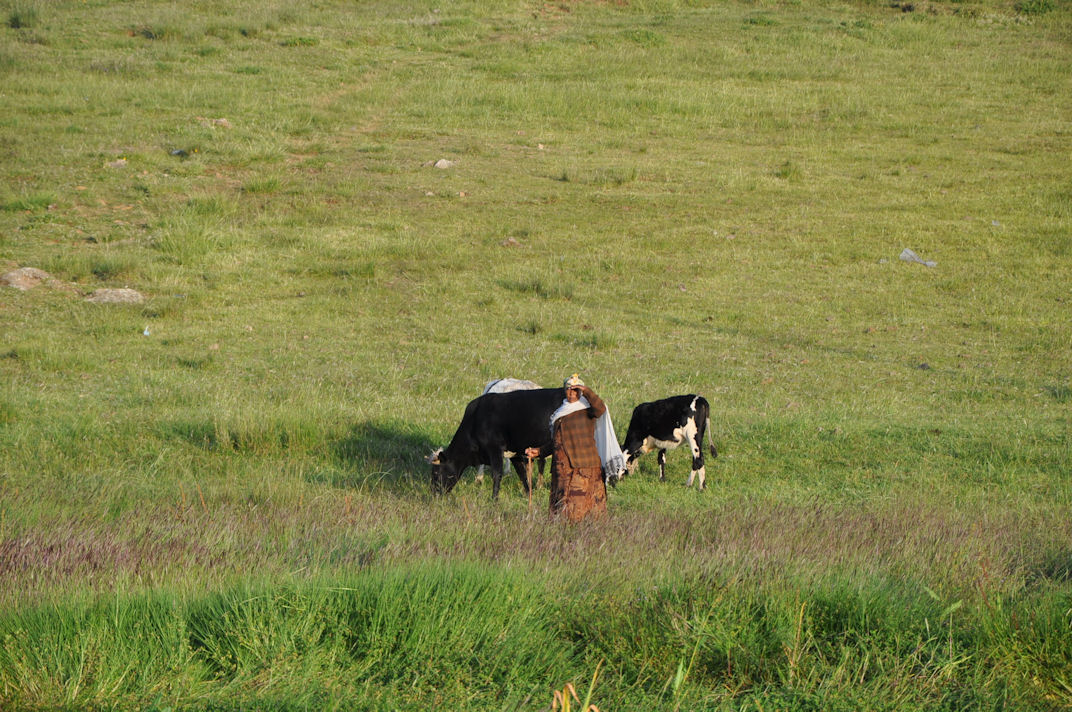
Farmer
near Debre Berhan.
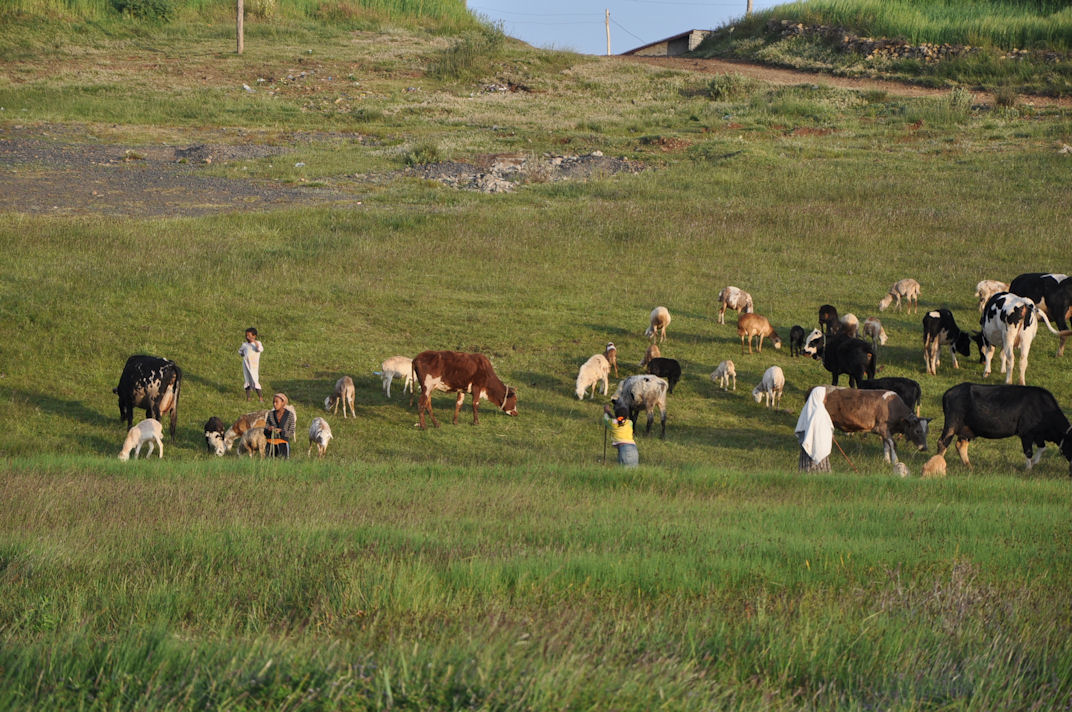
Farmers with Cattle near
Debre Berhan.

Street Life in Debre Berhan.
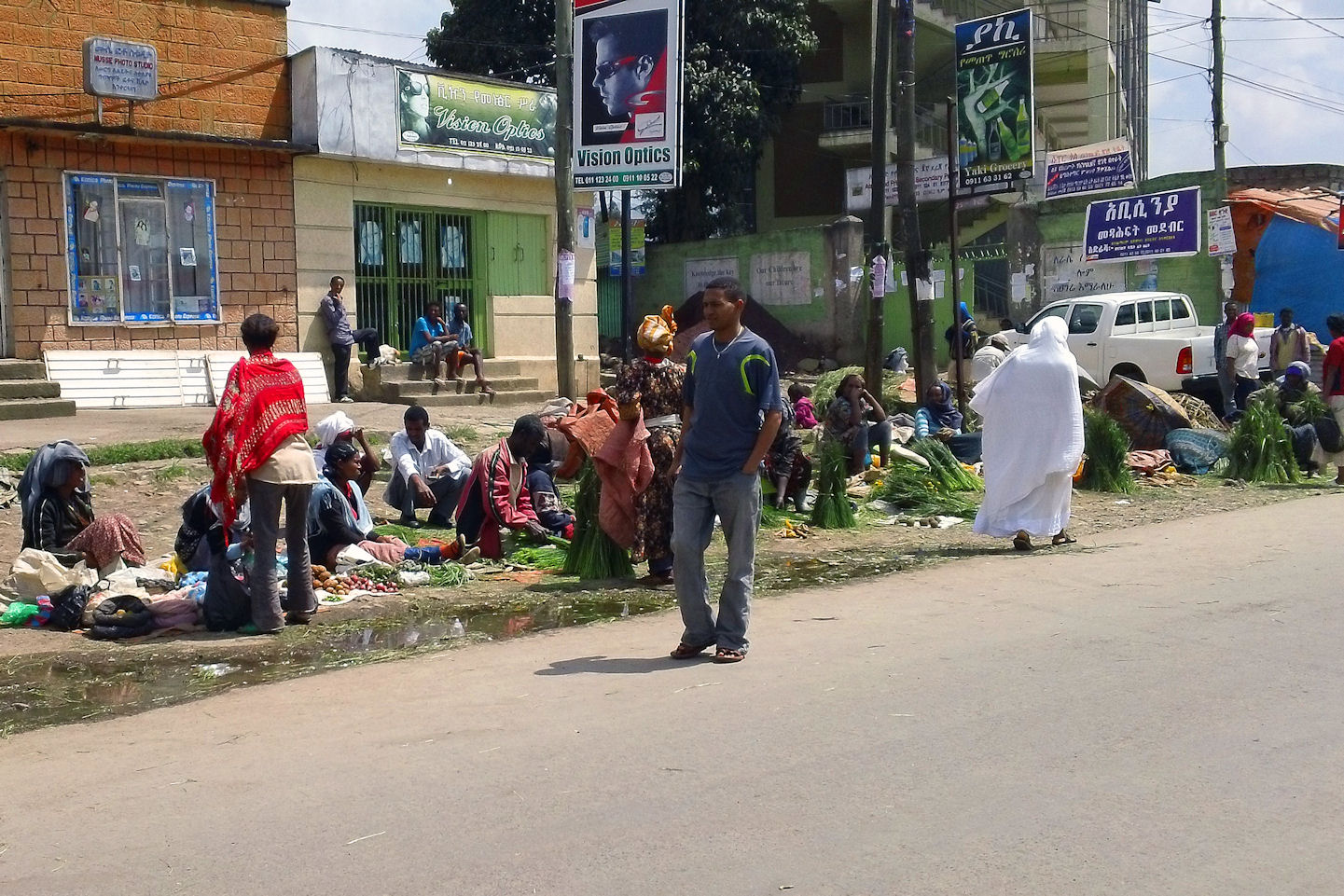
Street
Life in Debre Berhan.
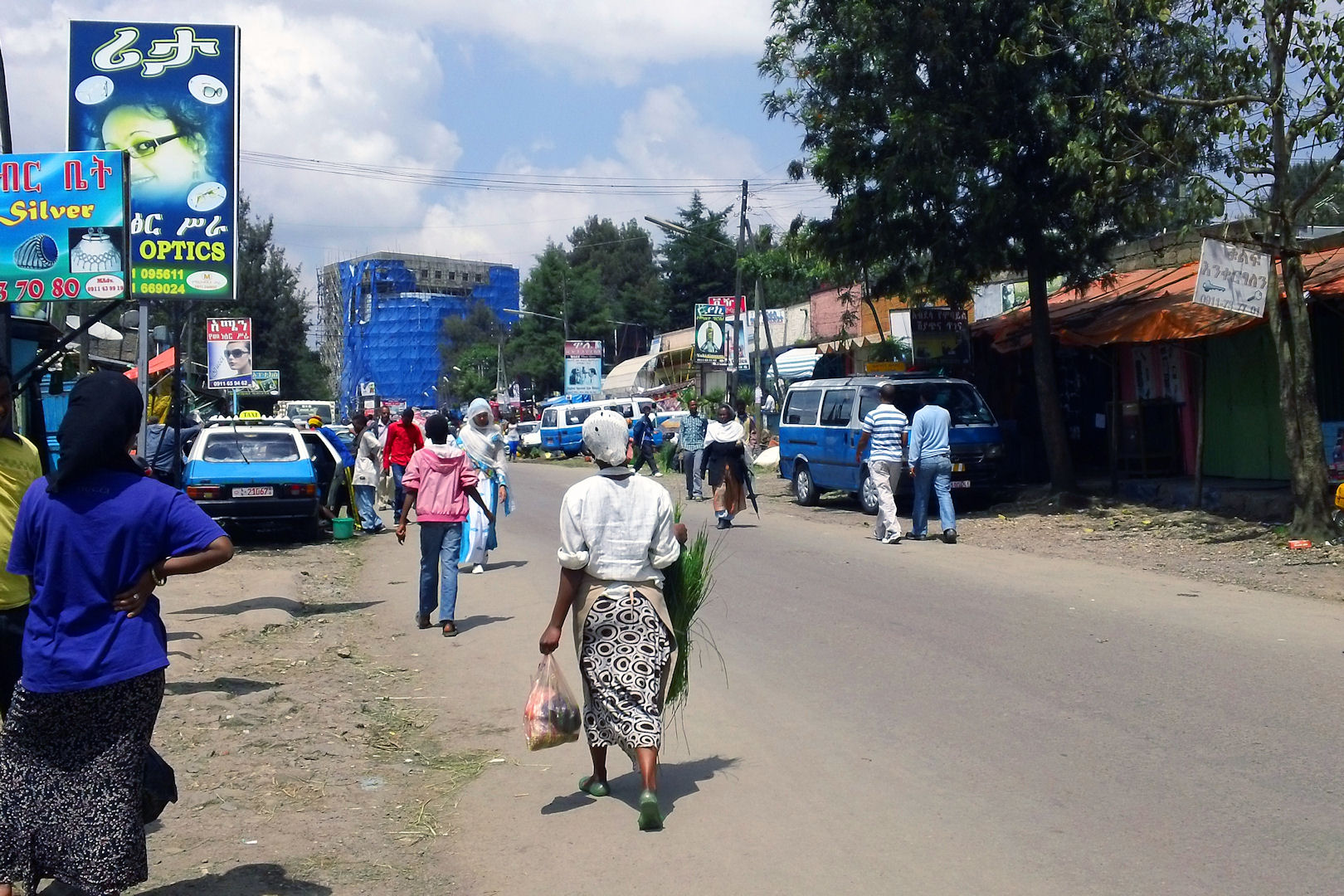
Street
Life in Debre Berhan.
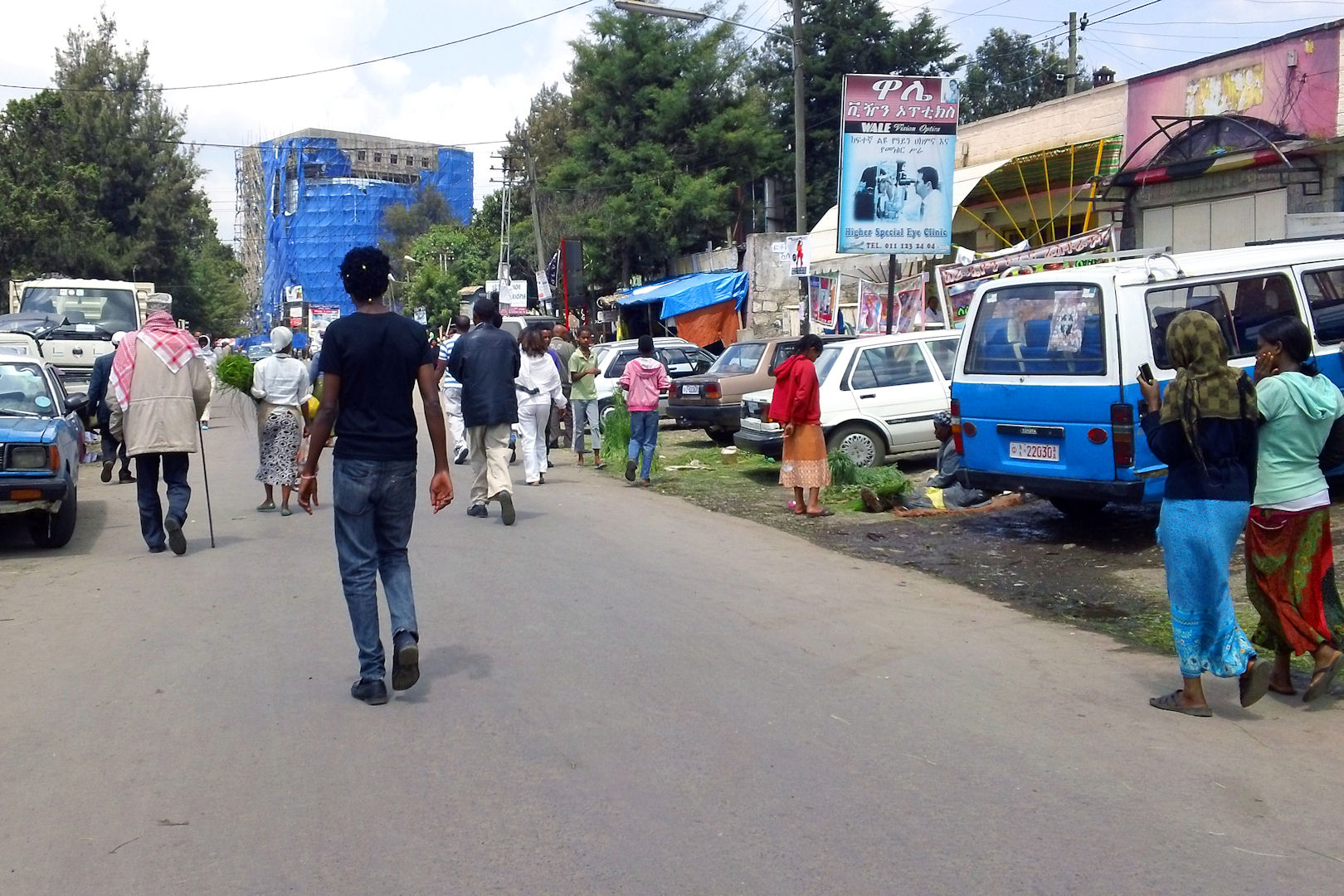
Street
Life in Debre Berhan.
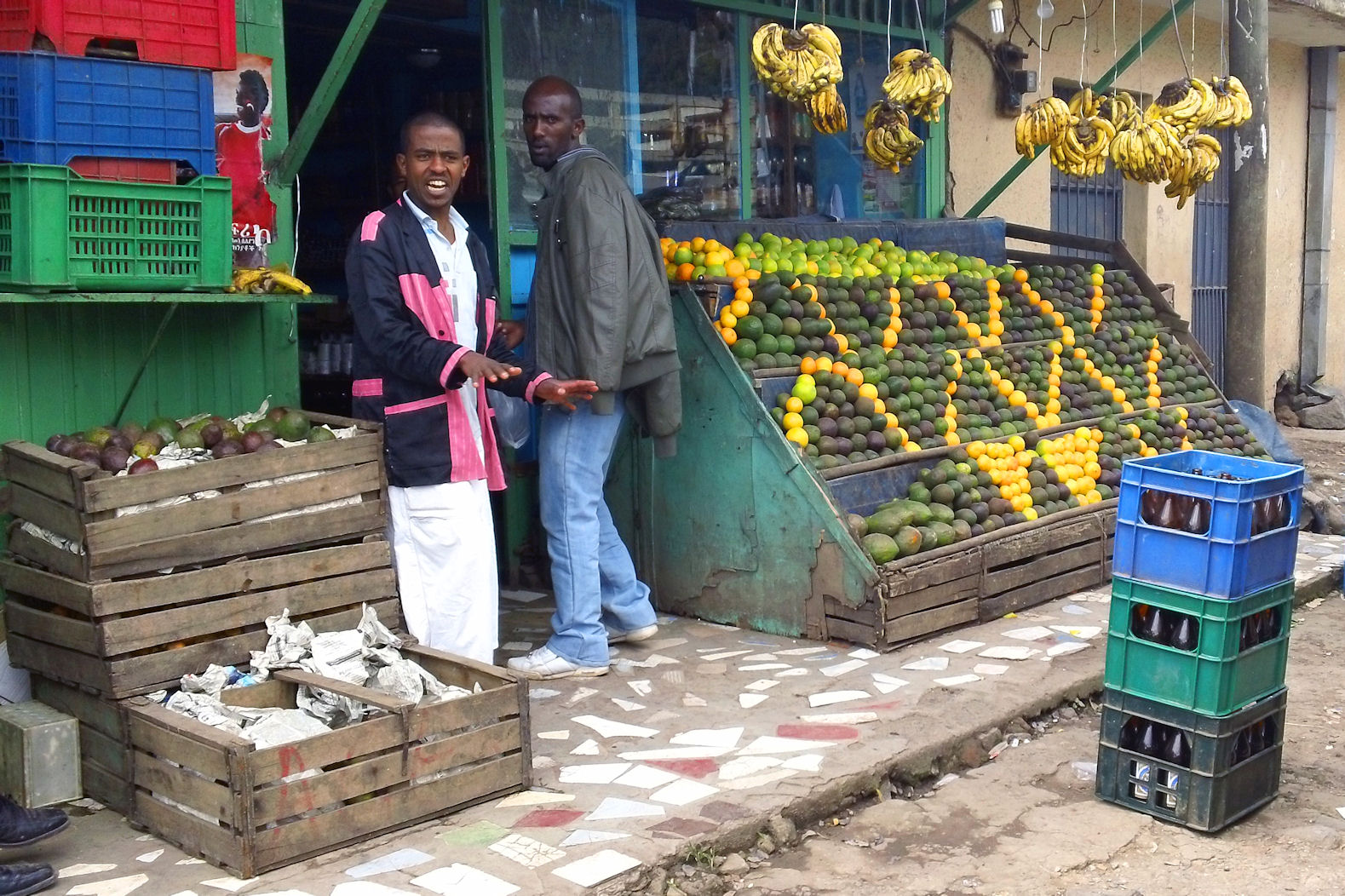
No
Photos! (Continued Fear
Resulting from the
Oppressive Derg of
1974-1991.)
|
